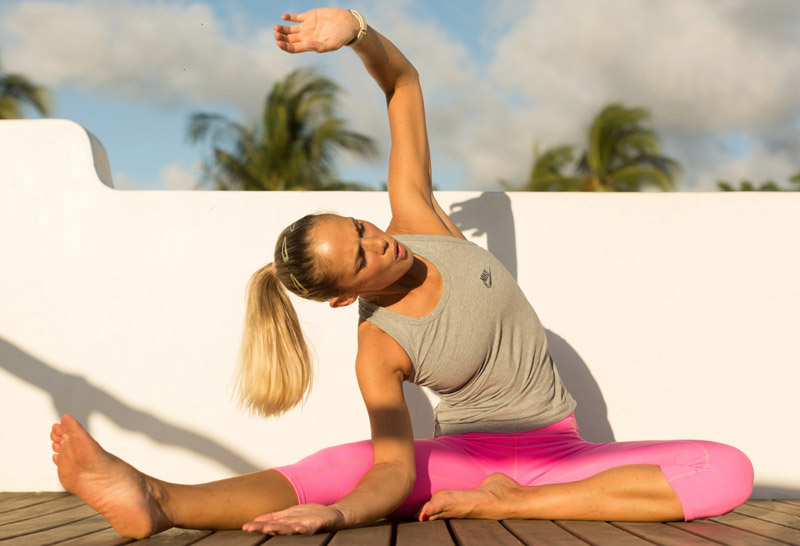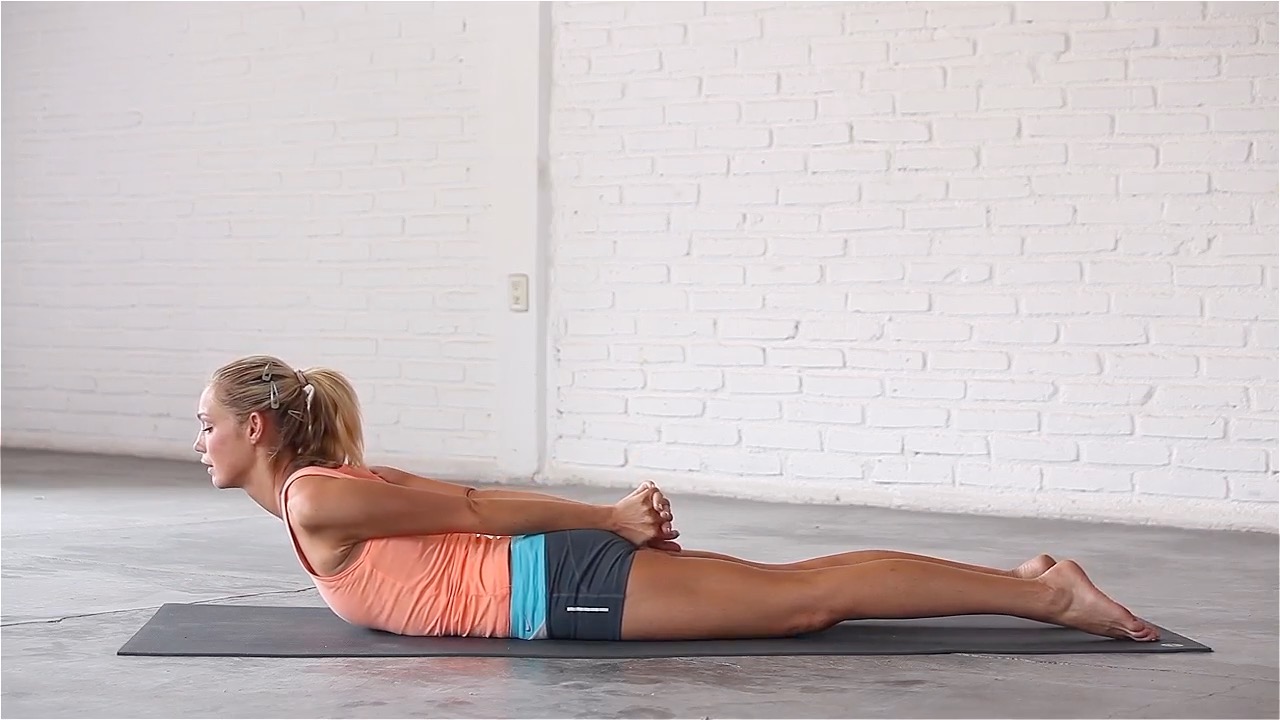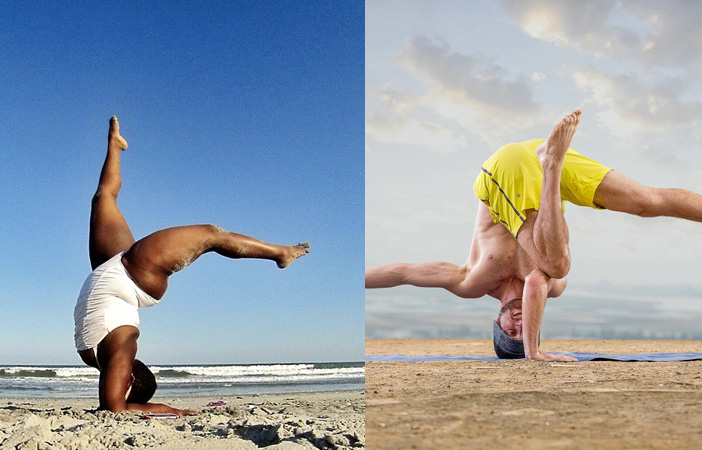
Here are some tips to get the most out of the routine:
Adjust the poses to fit your body and not the other way around. Try to copy my alignment as closely as you can but remember, we’re all different shapes and sizes so we may not look exactly the same. Move however feels good to you, stopping and starting the video as much as you need to to wriggle into the position that gives you the most relief.
Bring all your attention to the sequence. This is one aspect of yoga that sets it apart from traditional stretching. Focus on your breath, the sensations in your body and to improvements in your flexibility. Notice how many thoughts are buzzing through your mind, trying to claim your attention. Every time you realise you’ve been distracted, gently bring your attention back to your breath.
Instagram vs. Reality: What Mountain Biking Is Really Like…
Listen to your body to assess how deeply you should go into a stretch. Mild discomfort in the poses is ok but pain is definitely not. You never want to use force to increase a stretch as your brain will react by preventing your muscles from lengthening. Breathe into every stretch and allow your body to unlock naturally over the next few weeks.
Use this as an opportunity to slow down your breathing and calm your nervous system. These 15 minutes may be your only chance in the day to do nothing but focus on yourself – both body and mind. As you slow down your breath and ease yourself into the poses, allow your nervous system to switch from high-adrenaline, survival mode to calm composure.
How to Dress or Prepare For Mountain Biking in All Weather Conditions
Be consistent. One yoga sesh is unlikely to have a significant impact on the health and suppleness of your body, so be consistent. 15 minutes two to three times a week is going to be much more effective than the odd 90 minute class you sometimes can and sometimes can’t make. You’ll be amazed at the difference if you’re able to stick to it.
Remember, you’re only as good a rider as your body allows you to be.





